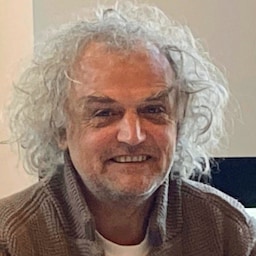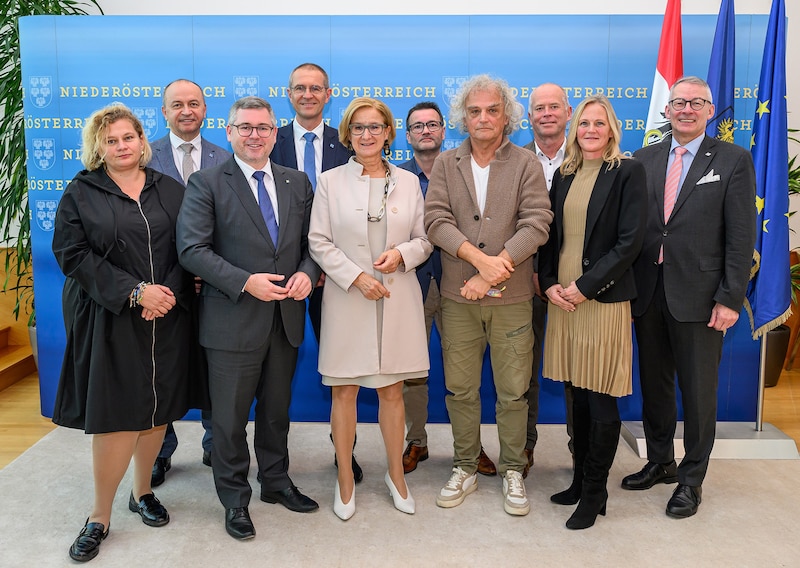Battle for hospital doctors
New salary model to make Lower Austria the top payer
With an additional 64 million euros, the state will become the top payer in the industry for full-time hospital doctors in Austria when it comes to the 40-hour full-time job. This is based on three pillars negotiated by the key players in the Lower Austrian healthcare sector.
The battle for sufficient doctor capacity in hospitals is becoming ever tougher. The competition from other federal states is also enticing with higher salaries.
In order to prepare for the challenging developments in the healthcare sector, a working group was launched in Lower Austria at the beginning of 2024 to draw up the "Health Pact 2040+". The State Health Agency (LGA) has recently been struggling more and more with hospital doctors resigning, as reported by the "Krone" newspaper.
New salary model as a first step
From 2025, there will therefore also be a new salary model in which the state will invest an additional 64 million euros per year. "The first major milestone in the 2040+ healthcare package," says Governor Johanna Mikl-Leitner, who is delighted with the broad-based solution from all parties in the healthcare sector. After all, the aim is to set up and guarantee the best possible healthcare provision based on the changing circumstances.
Top payer nationwide
Wolfgang Walentich, Chairman of the Curia for salaried doctors and Vice President of the Lower Austrian Medical Association, emphasized that a very good salary package had been put together. We are now the best payer nationwide for 40-hour full-time positions, although he also emphasized that at some point there would have to be an end to salary increases, as these would no longer be financially viable. I invite everyone to sit down at the table and work constructively in the debate on healthcare structures," said Walentich, emphasizing that prophecies of doom from outside would be anything but helpful or constructive.
When it comes to full-time positions, we are among the best payers in Austria. However, I am opposed to further increases in salaries, which at some point will no longer be affordable.

Wolfgang Walentich, Kurienobmann für angestellte Ärzte und Vizepräsident der Ärztekammer Niederösterreich.
Bild: Christoph Weisgram
Model based on three pillars
The aim of the salary increase is clear: to create a major incentive for full-time employment. There are currently 4045 doctors employed in the blue and yellow clinics. According to Regional Hospital Councillor Ludwig Schleritzko, this is 500 more than in 2015, but the average number of hours per week has fallen by 1.8 hours. The reason: 32 percent of hospital doctors already only work part-time - and the trend is rising. Therefore, there will not only be monetary motivation for "full-timers". Doctors in full-time mode will receive an availability bonus of 1000 euros per month from 2025. All those who are on statutory part-time arrangements, for example due to age, children or care, will be paid this aliquot. However, other part-time doctors will not. A further hardship allowance - in addition to the current regulation - of 200 euros will also be paid for night shifts.
Career model as an incentive
A multi-level career ladder, which Schleritzko announced in his five-point plan last year, will also be introduced as an incentive. "It is good and right to do justice to the new framework conditions with a new salary model. The new career model should also create additional incentives to motivate young doctors to take on more responsibility in the public healthcare system," says Schleritzko. In future, there will be a managing senior physician, senior consultants as well as functional senior physicians, according to the provincial councillor responsible for the clinics.

The plan looks like this in figures
The state is providing an additional 25 million euros per year for the availability premium. An additional 35 million euros will be invested in the new and supplementary hardship allowance. And the career model is expected to cost an additional four million euros, bringing the total to 64 million euros.
What does this look like in practice for doctors? If employed full-time, a young specialist with four night shifts, who currently earns 7419 euros, will then receive 9219 euros gross. A specialist with six years of professional experience will earn 9920 euros instead of 8120 euros.
This article has been automatically translated,
read the original article here.











Kommentare
Liebe Leserin, lieber Leser,
die Kommentarfunktion steht Ihnen ab 6 Uhr wieder wie gewohnt zur Verfügung.
Mit freundlichen Grüßen
das krone.at-Team
User-Beiträge geben nicht notwendigerweise die Meinung des Betreibers/der Redaktion bzw. von Krone Multimedia (KMM) wieder. In diesem Sinne distanziert sich die Redaktion/der Betreiber von den Inhalten in diesem Diskussionsforum. KMM behält sich insbesondere vor, gegen geltendes Recht verstoßende, den guten Sitten oder der Netiquette widersprechende bzw. dem Ansehen von KMM zuwiderlaufende Beiträge zu löschen, diesbezüglichen Schadenersatz gegenüber dem betreffenden User geltend zu machen, die Nutzer-Daten zu Zwecken der Rechtsverfolgung zu verwenden und strafrechtlich relevante Beiträge zur Anzeige zu bringen (siehe auch AGB). Hier können Sie das Community-Team via unserer Melde- und Abhilfestelle kontaktieren.